Gurugram Fire Department responded to 29 calls during Diwali night 2025, including two major blazes—a scrap warehouse and a photo-frame showroom. Swift action prevented casualties, underscoring both the preparedness of local fire services and the continuing risk posed by festive electrical overloads and fireworks.
Gurugram, October 22
The festival of lights burned a little too brightly this year for Gurugram’s fire responders. Between sunset on Diwali evening and the crack of dawn the next day, the district’s fire control room logged a record 29 calls — each an urgent appeal for help as sparks, short circuits or stray rockets ignited the city’s corners. Yet by the morning count, no life was lost — a testament to what officials call “discipline, anticipation, and the quiet heroism of firefighters.”
Night of Constant Sirens
The first alert hit at 6:42 p.m., barely minutes after families lit their first diyas. A scrap warehouse in Sector 37 industrial belt had caught fire after a spark from nearby fireworks landed on stacked plastic packaging. Within four minutes, two tenders rolled out from the Basai station, sirens cutting through festival music. By 8 p.m., the team had contained the blaze, preventing it from spreading to adjacent godowns storing rubber and paints.
As Chief Fire Officer Sanjeev Maan told Sarhind Times: “We expect a 40–50 percent jump in calls on Diwali, but this year was hectic even by that standard. Thanks to pre-positioned bowsers and backup crew, no major loss occurred.”
The second major incident erupted around 10 p.m. at a photo-frame showroom in Sector 15, where decorative LED strips short-circuited. Firefighters fought flames licking through wooden frames and synthetic foams — materials that burn fast and release dense toxic smoke. Residents evacuated in time.
Pattern and Prevention
Officials say a clear pattern is visible each year: a spike in small fires from decorative lighting, discarded sparklers, and electrical overload on multi-plug boards. Despite repeated advisories, many homes and shops use non-ISI-rated extension cords and overloaded multi-pins.
In 2024, Gurugram recorded 17 Diwali-night calls. This year’s 29 mark a 70 percent jump, though none was fatal. Experts attribute the increase to denser urban clusters and new high-rise construction where wiring ages faster under load.
Behind the Control Room
Inside the Sector 29 headquarters, control-room phones rarely fell silent. Operators fielded calls from panic-stricken residents in sectors 4, 22, and 65, while others reported smoke near M.G. Road or flaring transformers. Every caller heard the same assurance: “Team on the way.” By midnight, 14 fire tenders, four rescue vans, and two water bowsers were deployed across zones.
Voices from the Ground
Resident Aarti Bhutani of Sector 56 recounted: “When we saw flames from the opposite plot, we dialed the helpline. The engine arrived in under ten minutes. They handled it calmly. My kids were scared, but seeing uniformed officers in action made them feel safe.”
Fire officer Rohit Yadav, on his third straight shift, summed it up: “Festivals for us mean readiness. We carry water, but also hope people carry caution.”
Government and Policy Response
Deputy Commissioner Nishant Yadav praised teams for “zero-casualty efficiency” and announced that the administration would review SOPs before the New Year season. Plans include:
- installation of smart hydrants near dense markets,
- fire-extinguisher awareness drives in RWAs and schools,
- penalties for illegal storage of flammable goods in residential basements.
Lessons for Citizens
- Check all festive wiring for frayed ends.
- Keep water buckets or sand near lighting decor.
- Avoid bursting crackers near parked vehicles or garbage piles.
- Ensure access lanes remain unblocked for fire engines.
- Save the 24-hour helpline: 101 / 0124-233 1313.
Wider Context
Urban fire incidents in India rose 12 % year-on-year, according to National Crime Records Bureau data. Many small towns lack modern equipment or trained crew. Gurugram’s ability to tackle 29 calls without loss shows why investment in fire infrastructure matters. Still, experts warn against complacency: aging electrical grids and high-density markets remain potential tinderboxes.
The Human Face of Emergency Work
By 2 a.m., firefighters finally returned to base — smudged, sweaty, and tired but grinning. Someone offered them a box of sweets from a saved shop. “No loss of life,” their commander said quietly. “That’s our Diwali bonus.”
Impact and Broader View
Safety specialists say such statistics should push cities to institutionalize “festival risk management.” From temporary fire posts to citizen volunteer training, each measure builds resilience. Public awareness campaigns before Holi, Diwali, and New Year could cut incidents by half. Schools and resident welfare associations (RWAs) have been urged to host demonstrations on fire blankets, CO₂ extinguishers and emergency numbers.
Insurance brokers meanwhile report a surge in home-content policy queries post-Diwali—evidence that citizens are becoming more risk-conscious.
As Gurugram moves toward a smarter, denser urban layout, its fire department is modernising too—recruiting more women officers and equipping crews with digital incident-mapping systems. The goal: zero fatalities every festival season.
#Gurugram #FireSafety #Diwali2025 #Haryana #CivicServices #EmergencyResponse #FestivalSafety #SarhindTimes











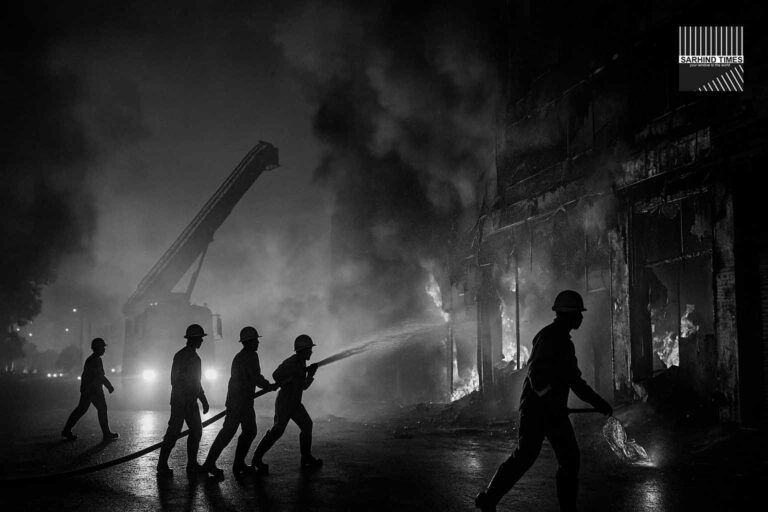
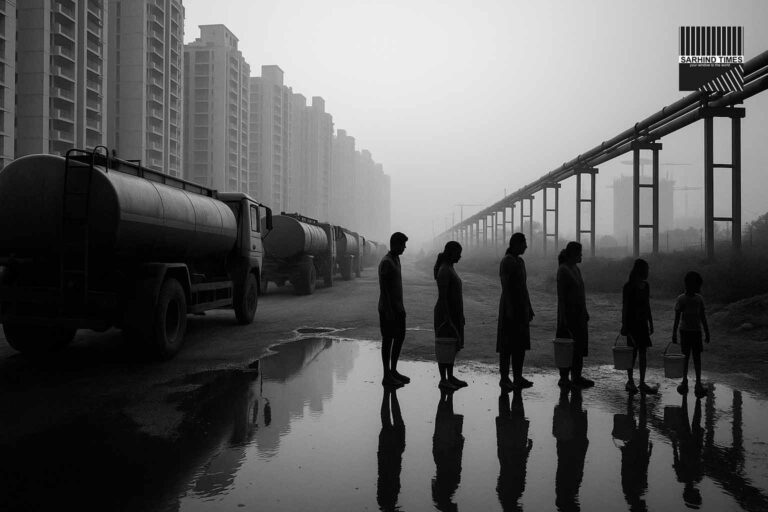
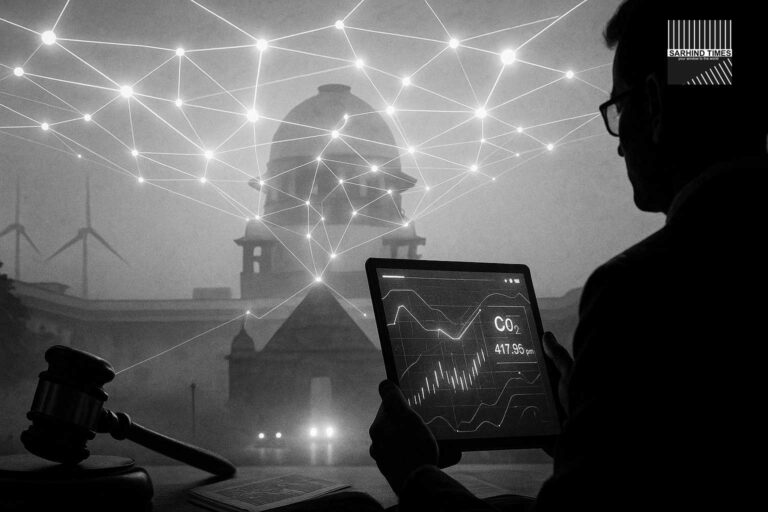
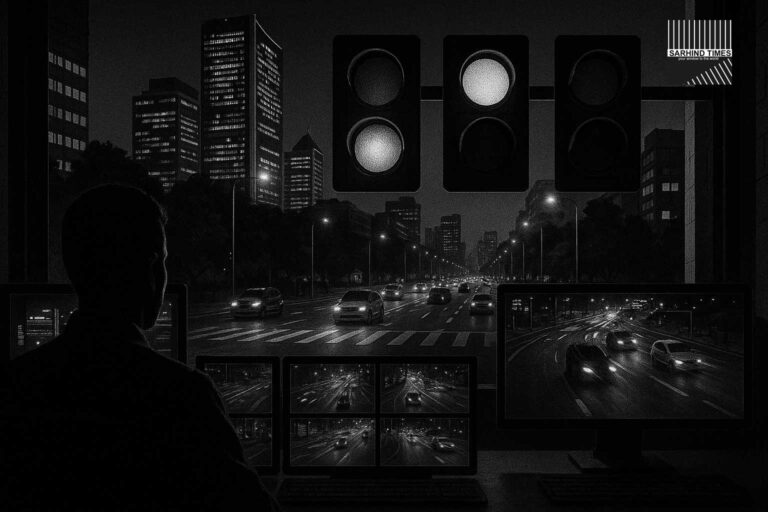
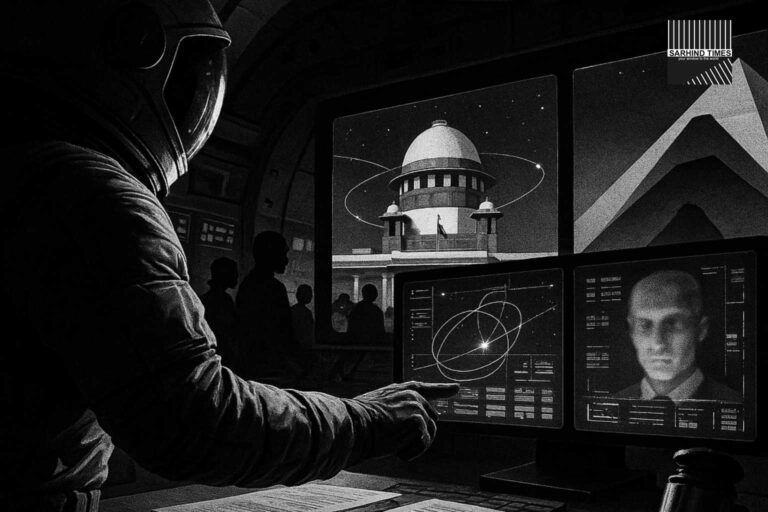

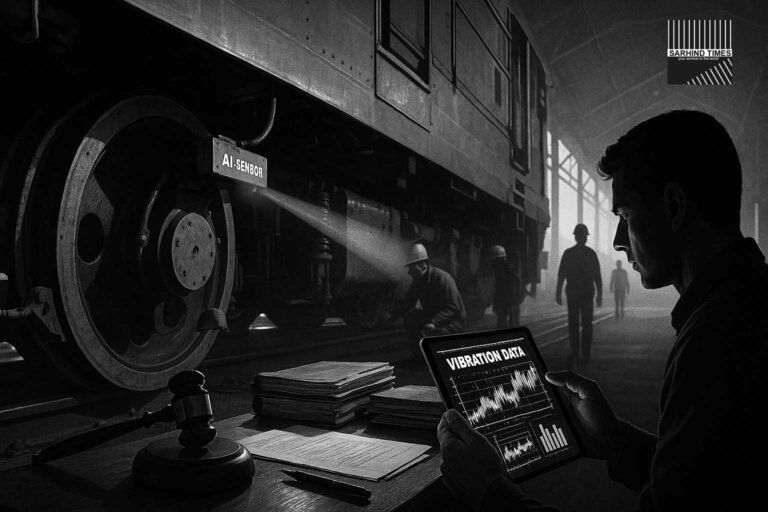
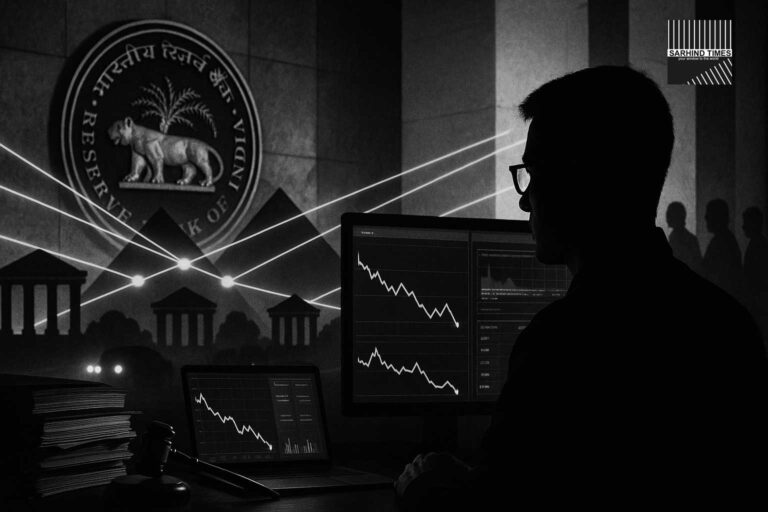
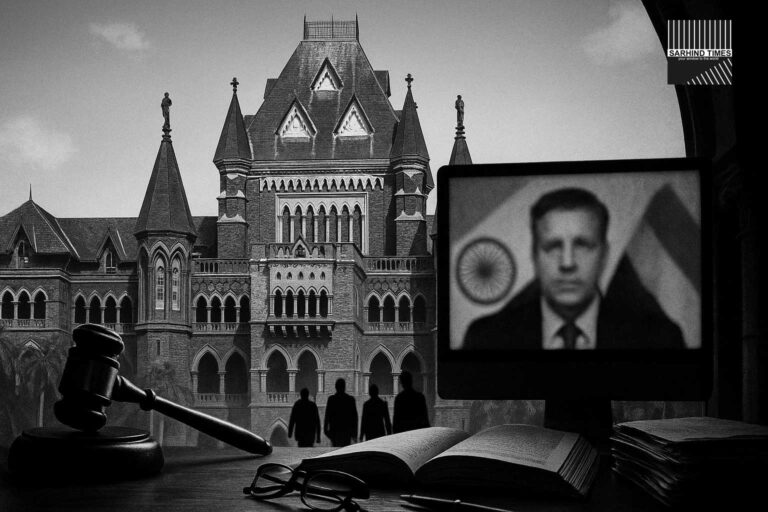

+ There are no comments
Add yours